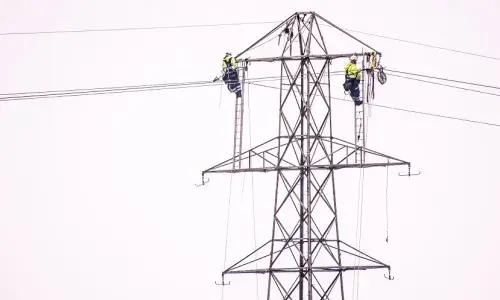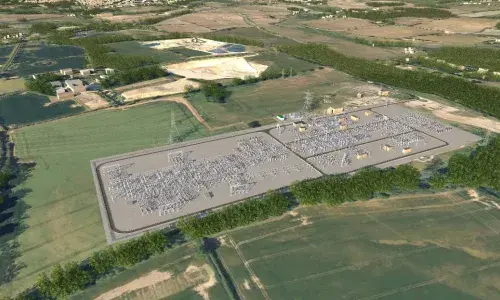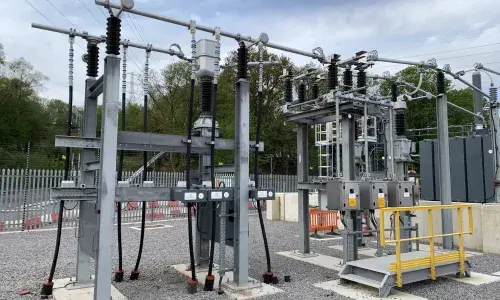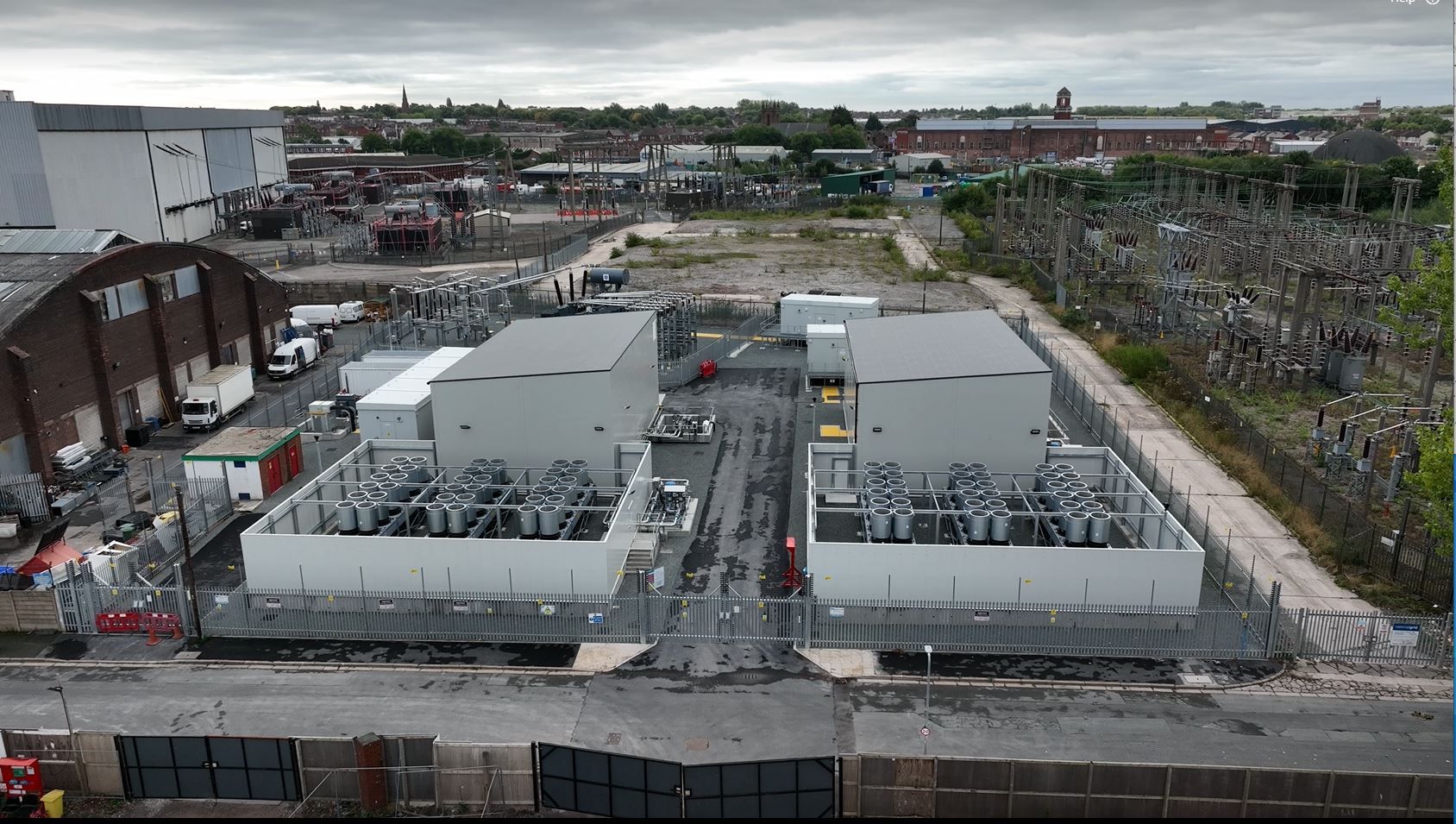
National Grid connects trail-blazing new green tech in Liverpool in boost to system stability
National Grid has completed work at its Lister Drive 275kV substation in Liverpool to connect Statkraft’s new Greener Grid Park to the electricity transmission network, enabling an innovative emission-free way to boost system stability.
The newly energised connection means the specialised synchronous compensators and flywheels at Statkraft’s site are now operational and supplying stability services to help National Grid Electricity System Operator (ESO) manage system frequency.
It follows recent progress from National Grid Electricity Transmission (ET) and National Grid ESO in introducing new measures to reform grid connections in England and Wales, including the launch of a new two-stage offer process.
Physical engineering works such as those carried out at Lister Drive substation are a major part of the connections process, and represent some of the key works involved in delivering new connections to the transmission network.
The works at the substation, which is adjacent to Statkraft’s Greener Grid Park on Lister Drive, included installing a new disconnecting circuit breaker and upgrading the protection and control software, as well as running a new 275kV cable between the sites to make the transmission network connection.
Find out more about National Grid's work with industry to reform the connections process
As Britain moves towards cleaner power generation, system stability services such as inertia – which have traditionally been provided by kinetic energy in coal and gas plants’ heavy spinning turbines – need to be provided in new ways.
Statkraft’s technology is one of several solutions National Grid ESO has secured through its stability pathfinder to help address stability challenges.
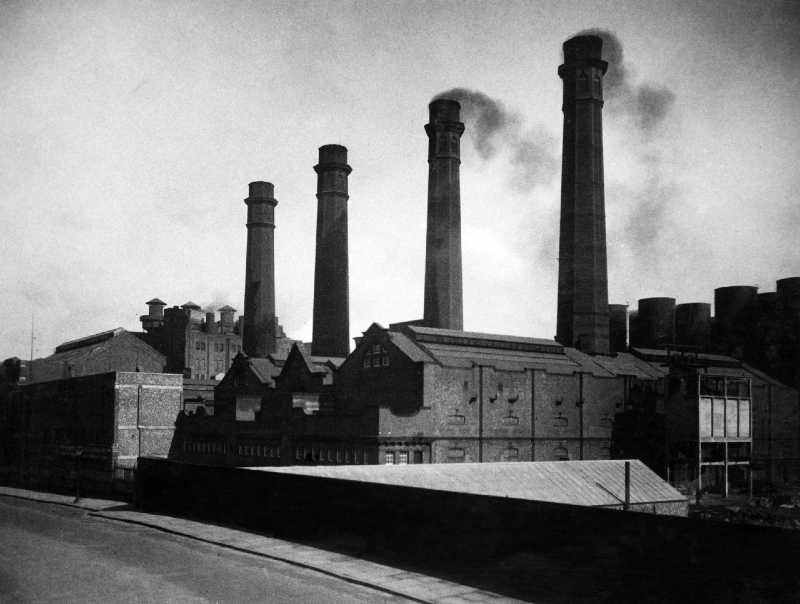
Continuing the theme of transition from old to new, Lister Drive substation and the Greener Grid Park occupy a historic location for energy in Liverpool, with the site of the former Lister Drive power station nearby.
The former fossil fuel plant was the main power station serving the city throughout much of the twentieth century, and was the first plant in the UK to be built with the hyperboloid cooling towers whose design later became an iconic symbol of power generation across the country.
Mark Brindley, National Grid’s Project Director for northern regions, said:
“It’s great to see projects that will make a real difference in creating a net zero power system come to fruition, so we’re pleased to be able to make it happen by providing a grid connection via our Lister Drive substation.
“It’s apt that Lister Drive should be a site for this new green technology providing essential stability services to the grid, given its historical significance for energy generation in Liverpool. It’s now playing a key role in helping Britain harness increasing volumes of renewable power into the future.”
Since 2018, National Grid has invested around £5 billion to upgrade, adapt and maintain the electricity transmission network. It plans to spend £9 billion on the network in the five years to 2026, with further multibillion-pound investments beyond that to 2030 to deliver an affordable, resilient and clean energy system.
Recent major works include upgrades to Killingholme substation in Lincolnshire to connect the Hornsea Two offshore windfarm to the grid – now the largest wind farm in the world, generating enough clean power to supply 1.4 million homes.
Last year National Grid also connected EDF Renewables UK’s Energy Superhub in Oxford to the grid, which is now delivering electricity to 42 public fast to ultra-rapid EV chargers, with a connection point also ready at Oxford Bus Company.
